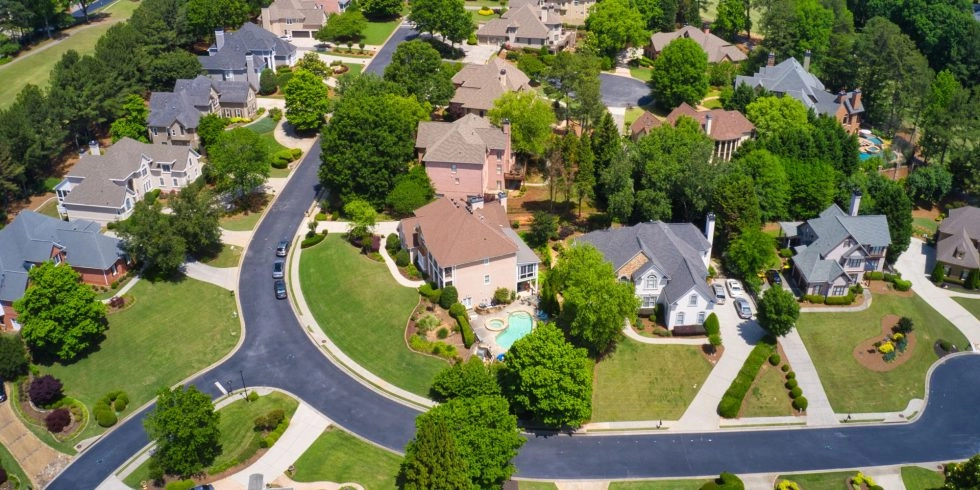The last few years have brought sharp shifts in the rental market, with multifamily rents cooling in high-growth metros like Austin, Denver, and Phoenix.
However, in many of these same markets, single-family rents have held up better than their multifamily counterparts, creating a steady performance gap between the two sectors.
National single-family rents rose +3.8% between May 2024 and May 2025, while multifamily rents rose +2.6%, according to LendingOne’s analysis of Zillow rental data.
It’s a trend LendingOne continues to track closely, helping investors navigate where resilience—and opportunity—still exist.
To see which markets are seeing single-family rental growth outpace multifamily rental growth the most in 2025, LendingOne analyzed year-over-year rental growth data from the Zillow Observed Rent Index (ZORI)* for the largest 100 U.S. metros.
Single Family vs Multifamily Year-Over-Year Rental Growth
Topline Findings
- Among the 100 largest markets, year-over-year single-family rental growth is outpacing multifamily rental growth in 75 markets.
- In Sunbelt markets like Phoenix, Austin, and Denver, multifamily rents are falling, while single-family rents are holding up better—despite high overall supply.
- The strongest rental markets overall remain in the Northeast and Midwest, where both single-family and multifamily supply remains constrained and demand continues to be strong.
Why is there Rental Growth Divergence?
While national rents are still rising, growth has decelerated significantly since the peak of the Pandemic Housing Boom, when year-over-year single-family rent growth topped +13.4% in March 2022 and year-over-year multifamily rent growth peaked at +16.3% in February 2022.
In the past year, markets like Denver, Charlotte, and Colorado Springs have seen single-family rents hold firm—or even accelerate—while multifamily rents have flattened or declined. So why is the multifamily market now seeing more softness than the single-family rental market?
As of July 2025, the multifamily market is still absorbing a massive wave of new supply. According to RealPage, over 439,000 units were completed in 2023, followed by a record 671,953 units in 2024—the highest annual total since 1974.
While construction is slowing—RealPage projects about 431,000 completions in 2025—many of those units are still coming online. Therefore, the divergence in single-family rental and multifamily rental growth is particularly pronounced across the Sunbelt, where multifamily developers have added supply at a rapid pace—but single-family rental demand remains steady.
Difference in year-over-year single-family and multifamily rental growth
Year-Over-Year Multifamily Rental Growth
The softness in multifamily isn’t universal. Some markets with limited new construction and tighter housing stock are still seeing strong multifamily rent growth. In these metros, both single-family and multifamily rents are rising briskly, suggesting localized supply constraints and resilient demand across the board. Many of these strong rental markets are concentrated in the Northeast.
Among the largest 100 metros, these are the top 5 with the biggest year-over-year multifamily rental gains:
- Augusta, GA: +7.2%
- Syracuse, NY: +7.2%
- Worcester, MA: +6.6%
- Bridgeport, CT: +6.4%
- Providence, RI: +6.1%
Year-Over-Year Single Family Rental Growth
The single-family rental market is not experiencing the same flood of supply as the multifamily market has. As a result, single-family rentals are benefiting from more limited inventory, especially in suburban and secondary markets where renters are prioritizing space, privacy, and flexibility.
Among the largest 100 metros, these are the top 5 with the biggest year-over-year single-family rental gains:
:
- Augusta, GA: +6.7%
- Indianapolis, IN: +6.5%
- Cleveland, OH: +6.5%
- Providence, RI: +6.5%
- Columbia, SC: +6.3%
Big picture:
Overall, while multifamily markets are digesting a record wave of new units, the single-family sector hasn’t seen the same inventory growth. That’s helped keep single-family rents more stable in many metros. In places like Denver, Phoenix, and Austin, multifamily rents are flat or falling, while single-family rents remain positive. Still, in supply-constrained markets—especially across the Northeast—both rents across the board are growing, supported by tight inventory and steady demand.
For real estate investors, this trend highlights the relative strength of single-family rentals in oversupplied markets—and the importance of tracking local supply conditions.



